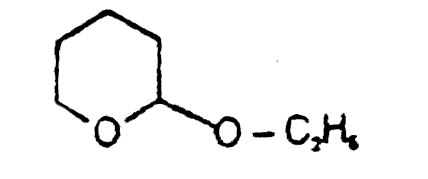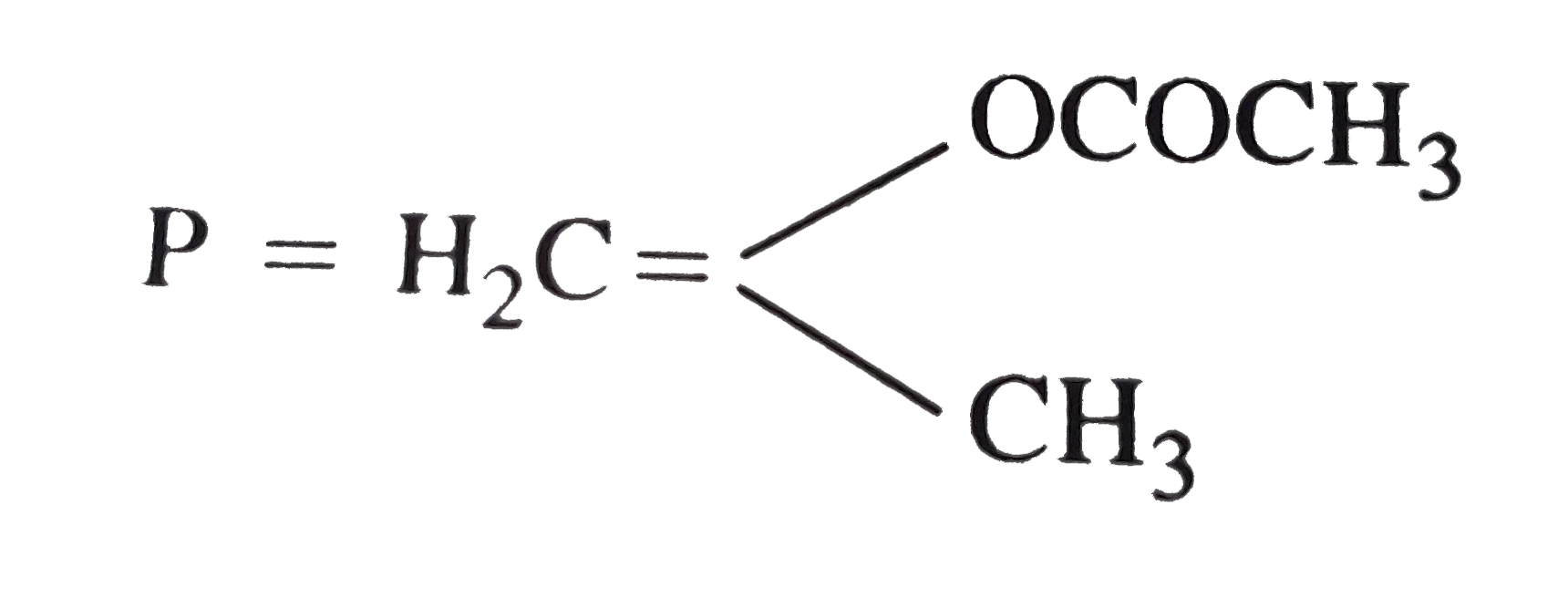What is the initial product of the acidic hydrolysis of a cyanide
A primary amide
An isocyanide
An isocyanate
A nitrile
The correct Answer is:A
To determine the initial product of the acidic hydrolysis of a cyanide, we can follow these steps:
1. Identify the Structure of Cyanide:
- A cyanide can be represented as an alkyl cyanide, which has the structure R-C≡N, where R is an alkyl group and C≡N represents a carbon triple-bonded to a nitrogen atom.
2. Understand Acidic Hydrolysis:
- Acidic hydrolysis involves the reaction of the cyanide with water (H2O) in the presence of an acid (H+). The acidic environment helps facilitate the reaction.
3. Reaction Mechanism:
- In the presence of an acid, the nitrogen in the cyanide can become protonated. This protonation increases the electrophilicity of the carbon atom in the cyanide.
4. Formation of the Initial Product:
- The protonated cyanide (R-C≡N-H+) can then react with water. The water molecule attacks the carbon atom, leading to the breaking of the triple bond.
- This results in the formation of an intermediate product, which is a primary amide: R-C(=O)-NH2.
5. Final Representation:
- The initial product of the acidic hydrolysis of a cyanide is thus R-C(=O)-NH2, which is a primary amide.
Summary:
The initial product of the acidic hydrolysis of a cyanide is a primary amide, represented as R-C(=O)-NH2.
---
- A cyanide can be represented as an alkyl cyanide, which has the structure R-C≡N, where R is an alkyl group and C≡N represents a carbon triple-bonded to a nitrogen atom.
- Acidic hydrolysis involves the reaction of the cyanide with water (H2O) in the presence of an acid (H+). The acidic environment helps facilitate the reaction.
- In the presence of an acid, the nitrogen in the cyanide can become protonated. This protonation increases the electrophilicity of the carbon atom in the cyanide.
- The protonated cyanide (R-C≡N-H+) can then react with water. The water molecule attacks the carbon atom, leading to the breaking of the triple bond.
- This results in the formation of an intermediate product, which is a primary amide: R-C(=O)-NH2.
- The initial product of the acidic hydrolysis of a cyanide is thus R-C(=O)-NH2, which is a primary amide.
The initial product of the acidic hydrolysis of a cyanide is a primary amide, represented as R-C(=O)-NH2.
Topper's Solved these Questions
- NITROGEN CONTAINING COMPOUNDS BOOK - ERRORLESS CHAPTER - NITROGEN CONTAINING COMPOUNDS EXERCISE - PROPERTIES OF NITROGEN CONTAINING COMPOUNDS
16 Videos
- NITROGEN CONTAINING COMPOUNDS BOOK - ERRORLESS CHAPTER - NITROGEN CONTAINING COMPOUNDS EXERCISE - TESTS FOR NITROGEN CONTAINING COMPOUNDS
11 Videos
- NITROGEN CONTAINING COMPOUNDS BOOK - ERRORLESS CHAPTER - NITROGEN CONTAINING COMPOUNDS EXERCISE - JEE (ADVANCED) 2018 MORE THAN ONE CHOICE CORRECT ANSWER
1 Videos
- IONIC EQUILIBRIUMBOOK - ERRORLESS CHAPTER - IONIC EQUILIBRIUMEXERCISE - JS Jee Section (JEE Advanced (Numeric answer type question))
1 Videos
- NUCLEAR CHEMISTRY BOOK - ERRORLESS CHAPTER - NUCLEAR CHEMISTRY EXERCISE - JEE SECTION (Matrix Match Type Questions)
2 Videos
Similar Questions
Knowledge Check
The product of acid hydrolysis of

isAHOCH2CH2CH2CH2CHO+CH3CHOBHOCH2CH2CH2CH2CH2OH+CH3CHOCHOCH2CH2CH2CH2CHO+C2H5OHDHOCH2CH2CH2CH2CH2OH+C2H5OHAcidic hydrolysis of acetamide gives
AAcetaldehydeBAcetic acidCMethyl amineDFormic acidThe ultimate product of the hydrolysis of starch is
AmaltoseBsucroseCfructoseDglucose
End products of protein hydrolysis are
View SolutionThe product of acid hydrolysis of P and Q distinguished by

View SolutionIn the presence of acid, the hydrolysis of methyl cyanides gives
View SolutionThe product of acid hydrolysis of P and Q can be distinguished by


View SolutionThe product of acid hydrolysis of P and Q can be distinguished by

View Solution
